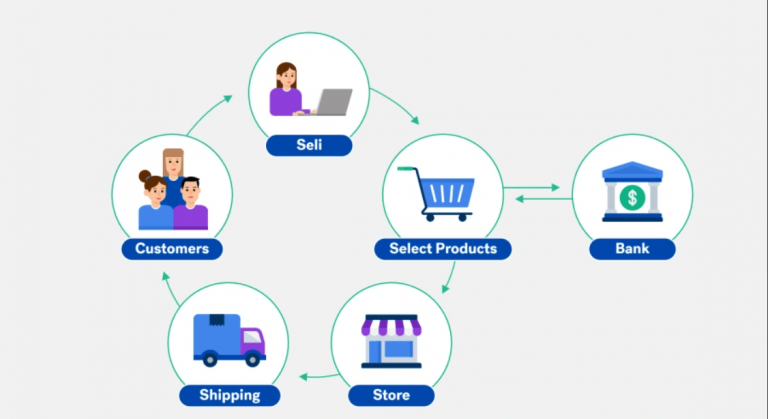Brute Force

A brute force attack uses trial-and-error to guess login info, encryption keys, or find a hidden web page. Hackers work through all possible combinations hoping to guess correctly. What is brute force A brute-force attack is one of the most…










